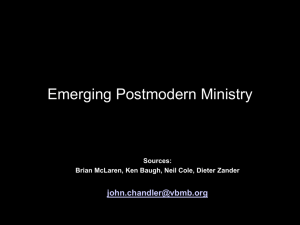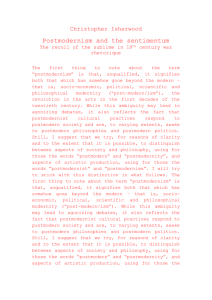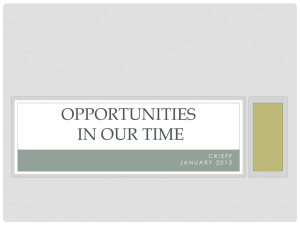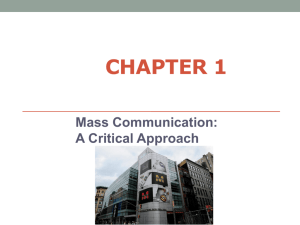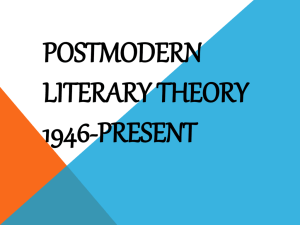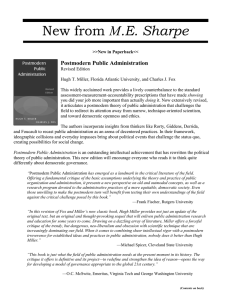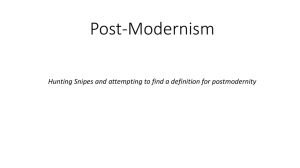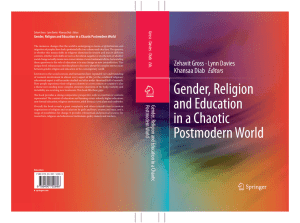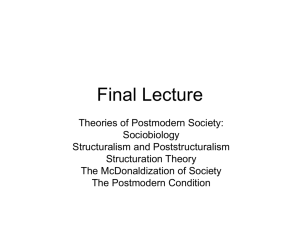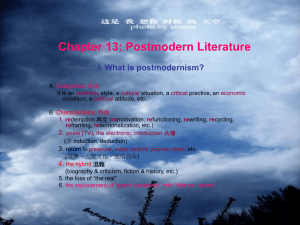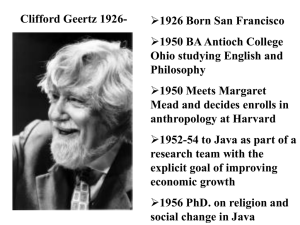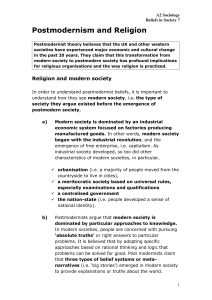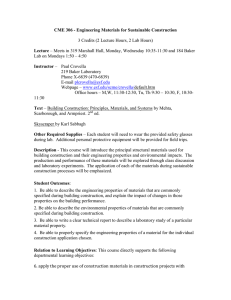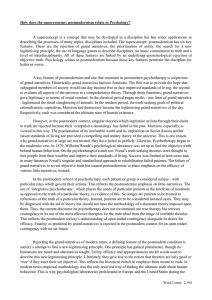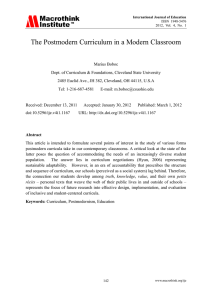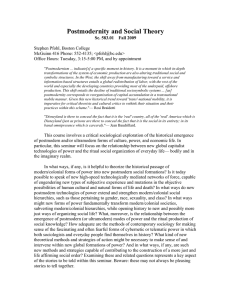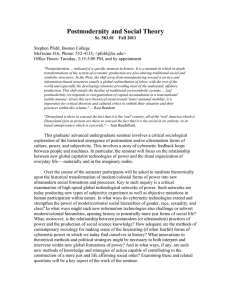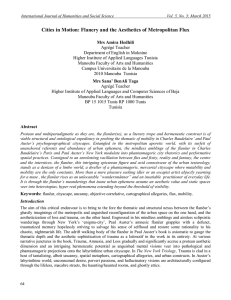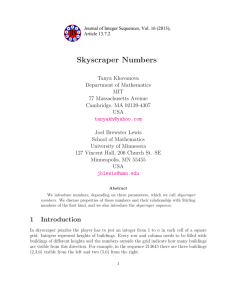Mass Communication a critical approach
advertisement
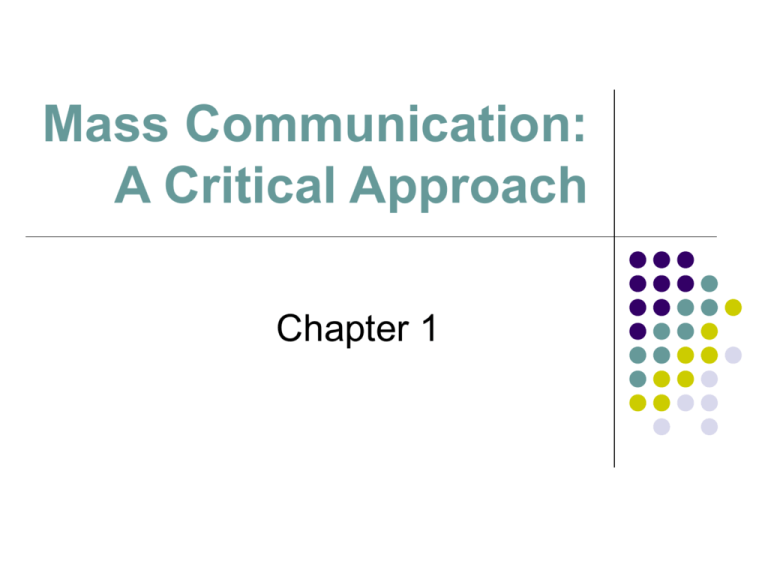
Mass Communication: A Critical Approach Chapter 1 News Media and our Political Process “During the 2008 elections, the news media played a major role in helping us get to know the candidates and understand their platforms. How well, then, did the news media help Americans understand the complex issues raised during the national election?” The Media Storytellers At their worst, the media’s appetite for telling and selling stories leads them to exploit or misrepresent tragedy. Hurtle from one event to another Lose their critical distance At their best, our media reflect and sustain the values and traditions of a vital democracy. Engage and entertain Watch over society’s institutions Cultural Contexts Cultural institutions/cultural industries: Media Schools Art Beliefs News-delivery technologies The new overlaps the old. The old struggles to retain vitality. Eras of Communication Oral communication Written communication Printed communication Electronic communication Digital communication When did mass communication start? Media Convergence Convergence refers to the appearance of older media forms on the newest media channels. Convergence also refers to newspaper, broadcast, and Internet outlets existing under one corporate roof (also known as cross platform). Evolution of a Mass Medium Novelty, or development, stage: inventors and technicians try to solve a particular problem Entrepreneurial stage: inventors and investors determine a practical and marketable use for the new device Mass medium stage: businesses figure out how to market the new device as a consumer product Models of Mass Communication Linear Model: Sender—message—mass media channel— (gatekeepers)—receivers How does feedback fit into the model? Cultural Approach: Individual cultural component Selective exposure Storytelling Cultural Landscapes Culture as a Skyscraper: High culture Low culture Different media for each But many people consume both. Culture as a Map: Culture is an ongoing, changing process. Modern vs. postmodern values Culture as Skyscraper “Culture...was becoming increasingly organized during the twentieth century. And the model for that organization was the hierarchical, bureaucratic corporation.” — Jackson Lears, Historian Skyscraper Model: Opera vs. Folk Music Some who like Beethoven also like American Idol. Did The Munsters rip off Mary Shelley’s Frankenstein? Does popular culture cheapen public life? TV sets in use for more than seven hours a day More refined culture struggles to find an audience Popular media may inhibit social progress by transforming us into cultural dupes. We have been seduced by the promise of products The “Big Mac” theory: We have lost our discriminating taste for finer fare. Map Model: Shifting Values Four values of the modern period: Working efficiently Celebrating the Individual Believing in a rational order Rejecting tradition/embracing progress Postmodern Values Four features of the postmodern: Celebrating populism Diversifying and recycling culture Questioning science and revering nostalgia Acknowledging Paradox Postmodern culture (present) changes modern values. Media Literacy Critical approach, not cynical Pay close attention Analysis of facts, not mere counting of facts Interpretation and meaning Ethical/moral evaluation of meaning Take action to shape the cultural environment Media Literacy and the Critical Process Description Analysis Interpretation Evaluation Engagement The Rules of Engagement Reassess and rebuild the standards by which we judge our culture Recognize the links between cultural expression and daily life Monitor how well the media serve democratic practices
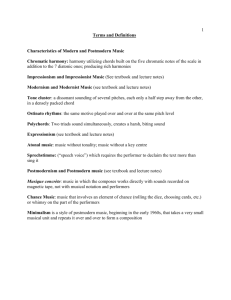
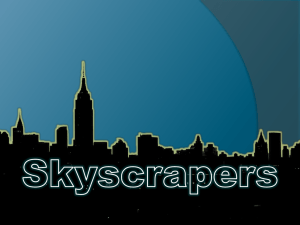
![Abstract.CBS FO[1]](http://s2.studylib.net/store/data/015462373_1-0a9044a628e5569b9b91e6122acffd1a-300x300.png)
